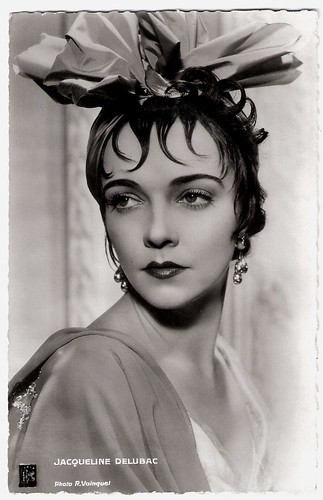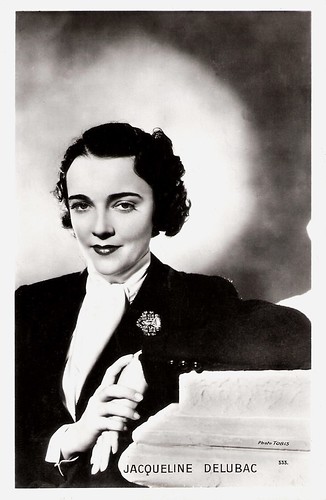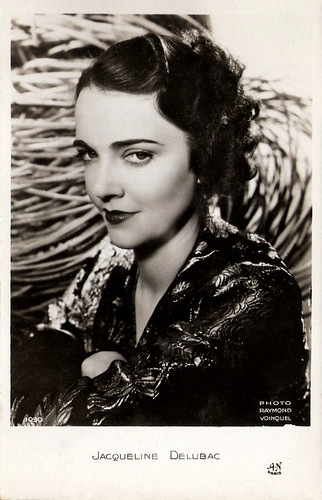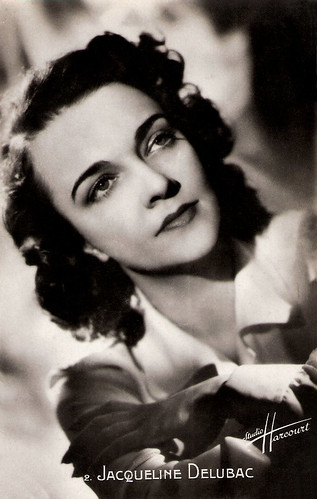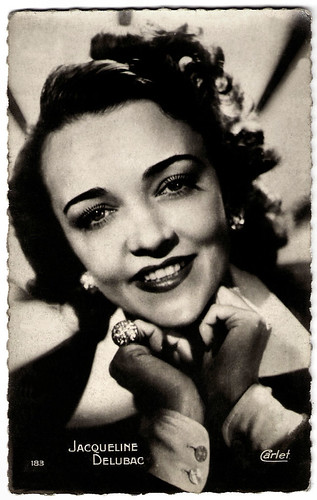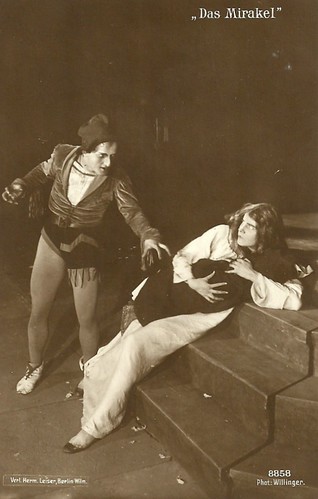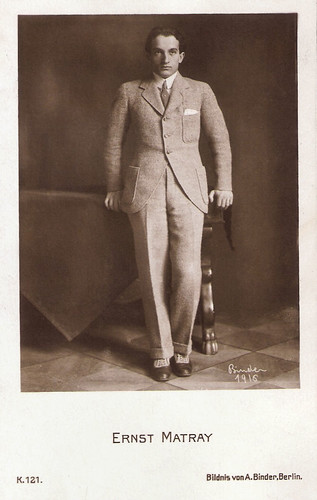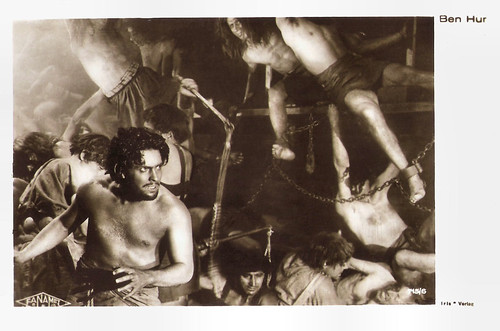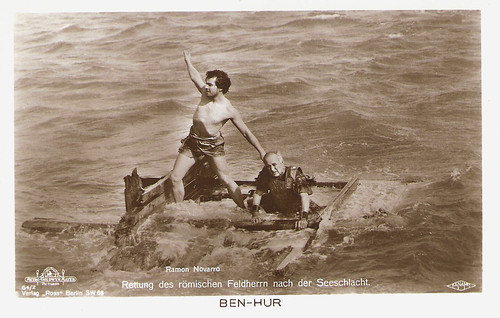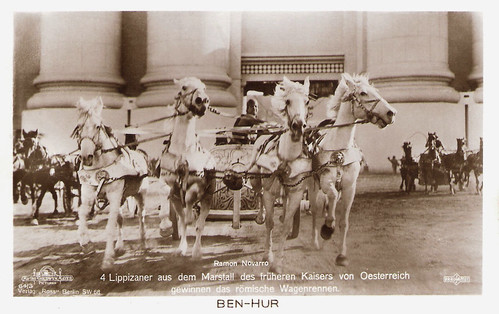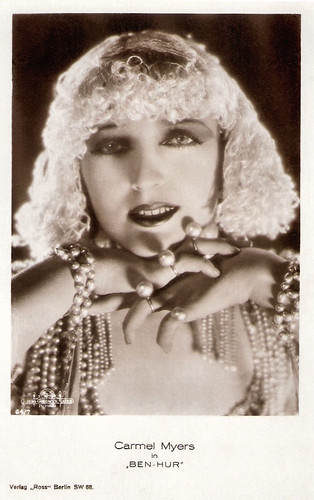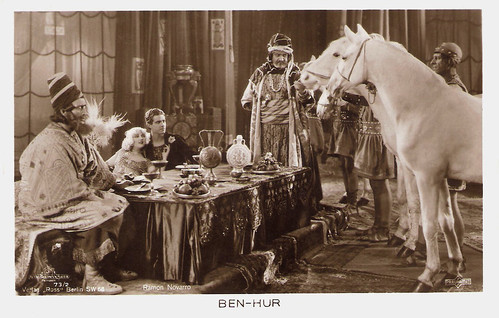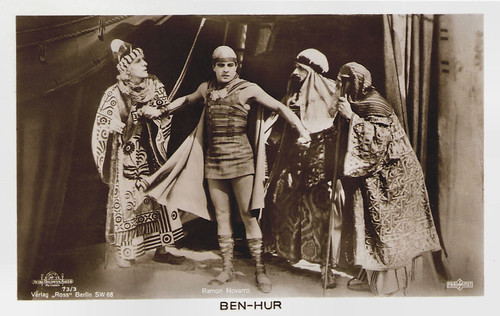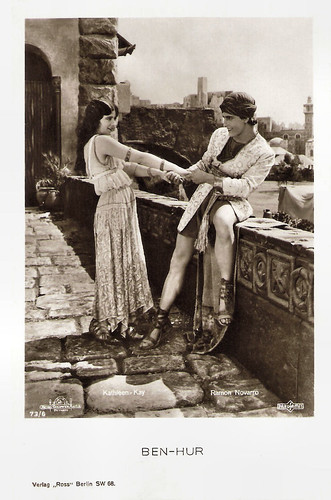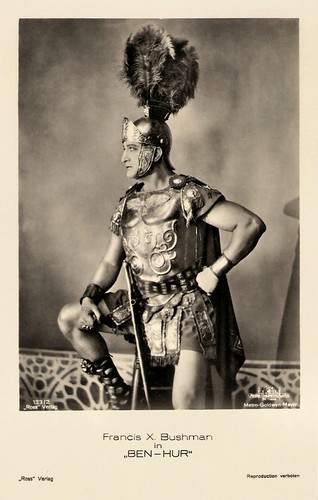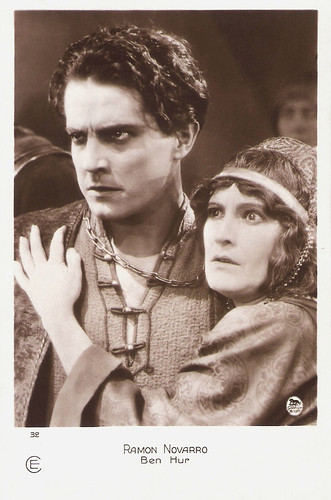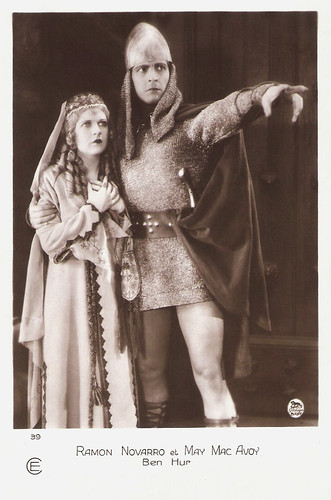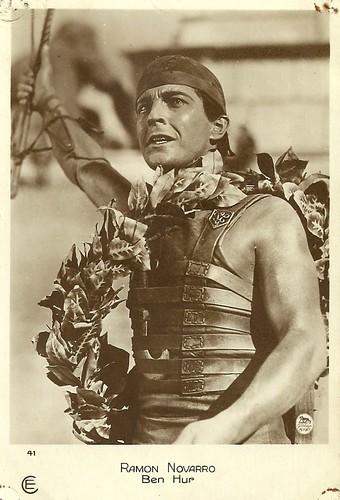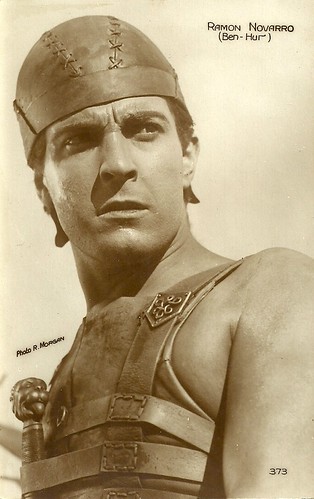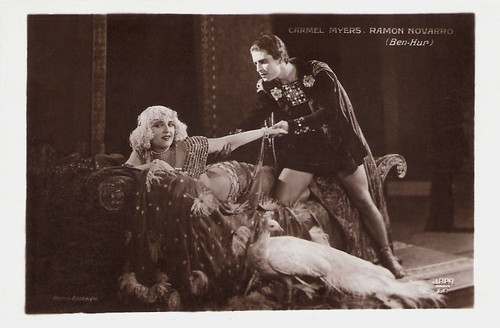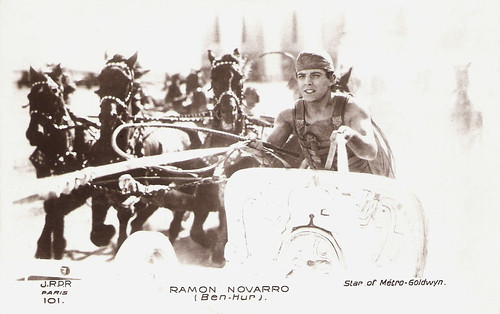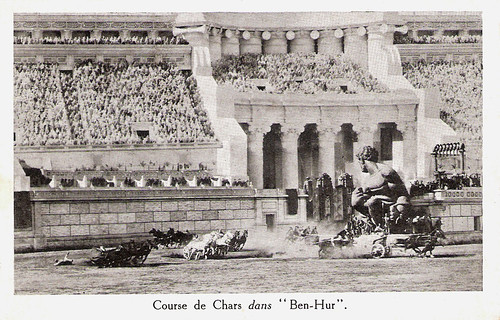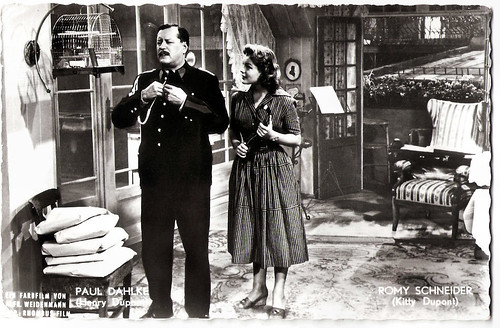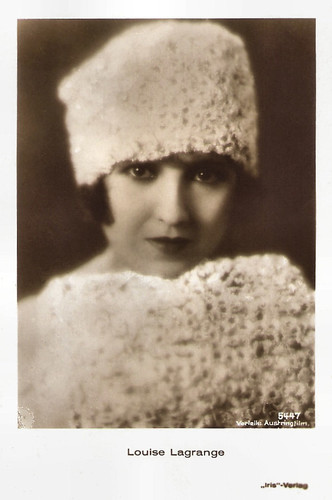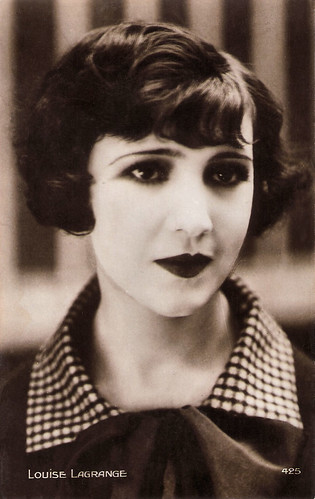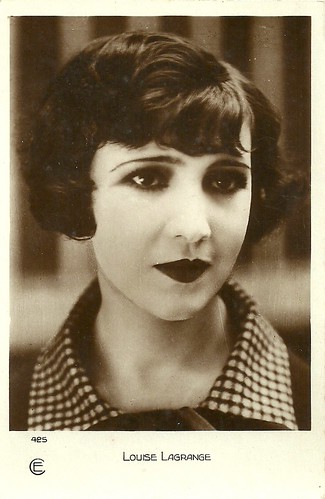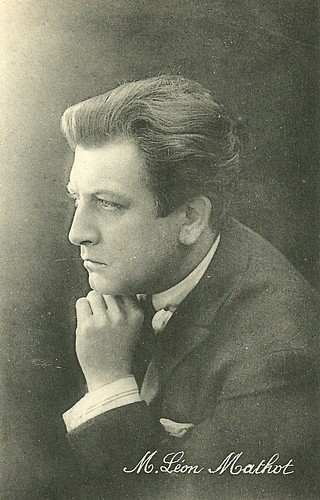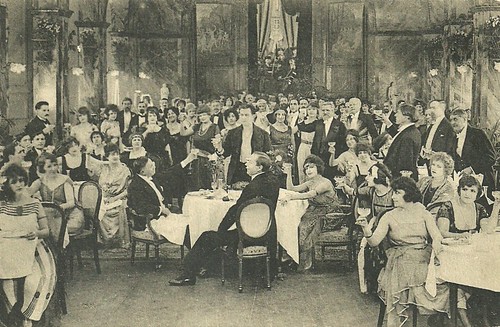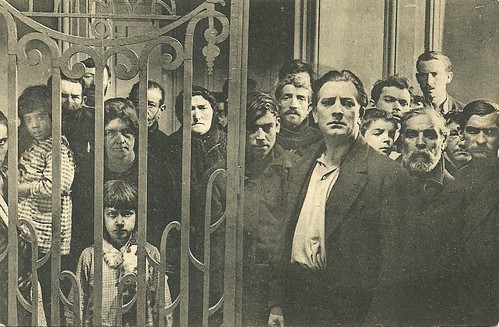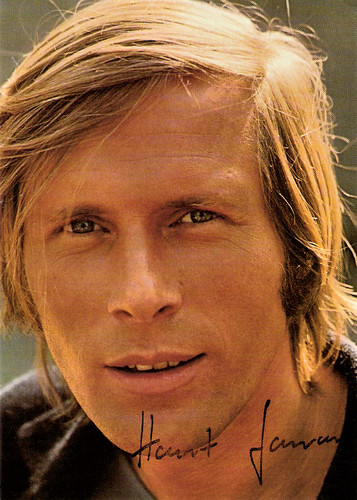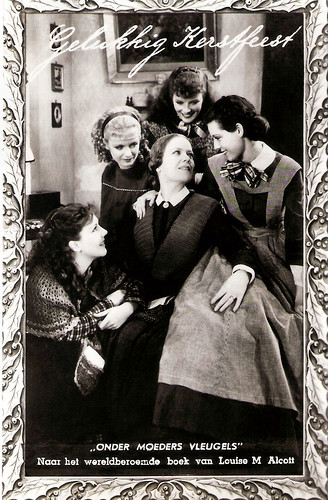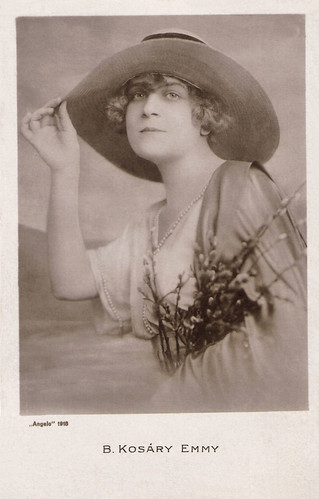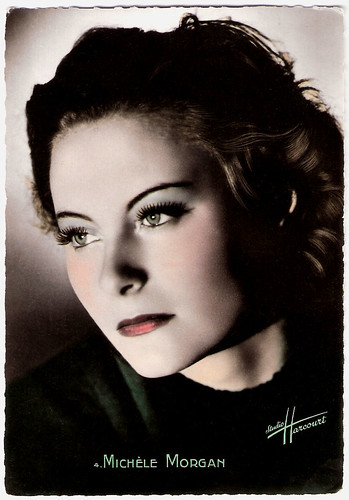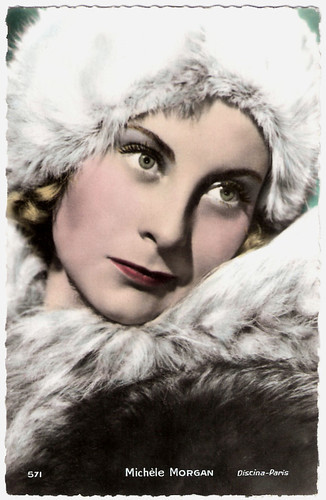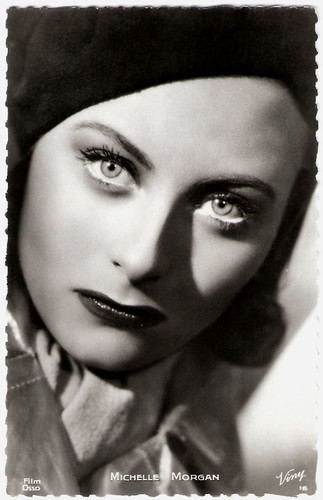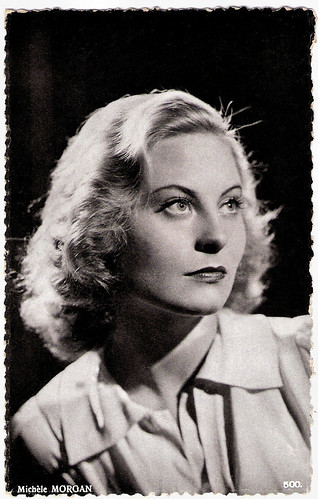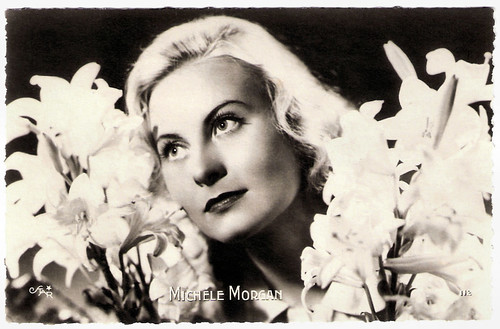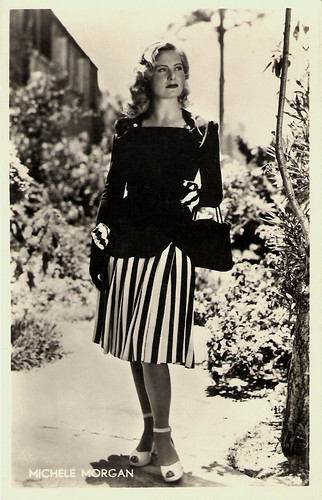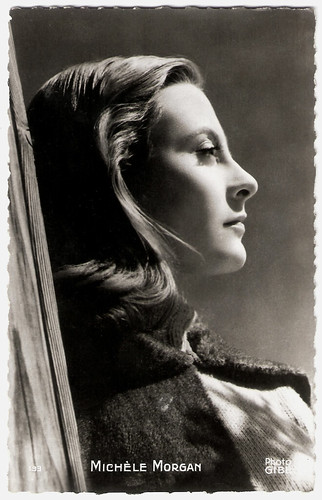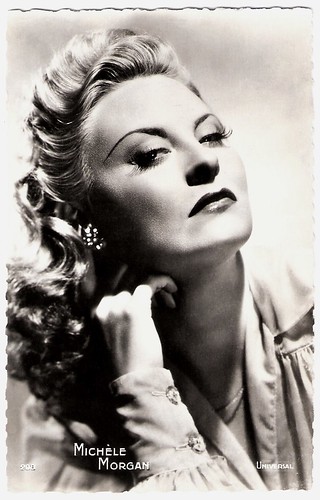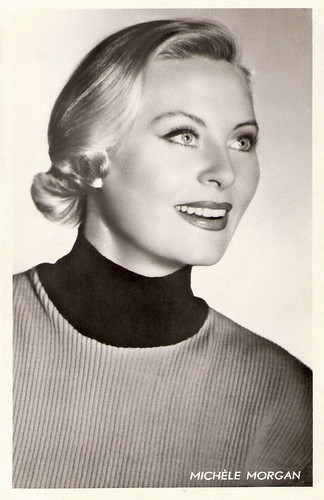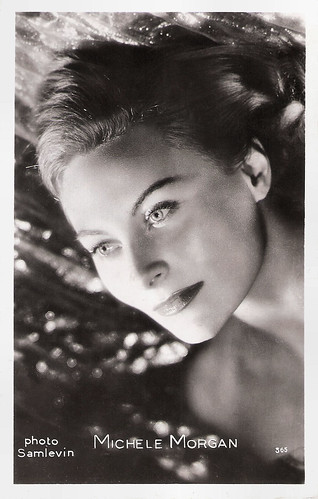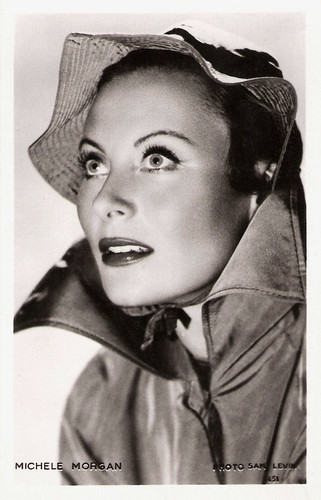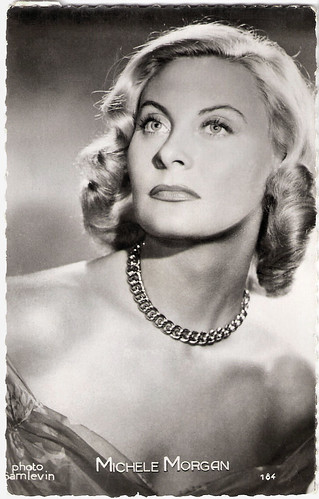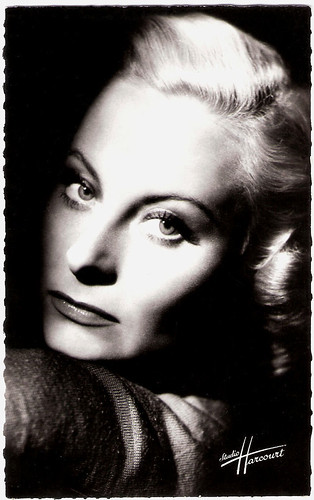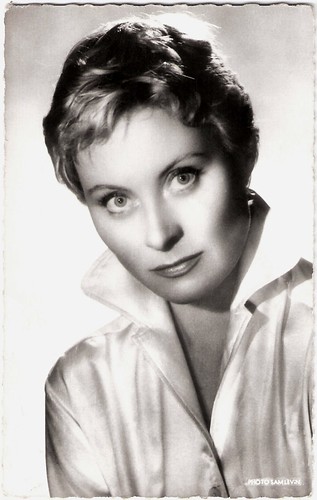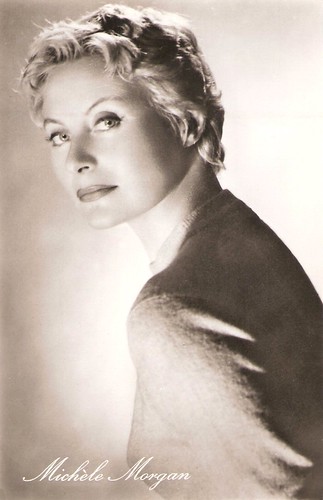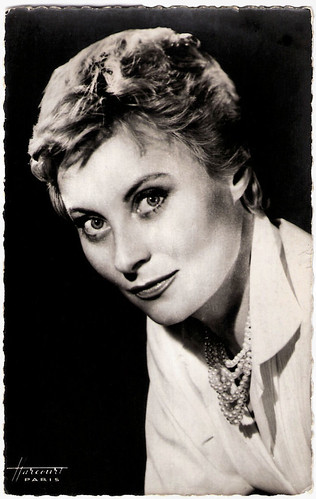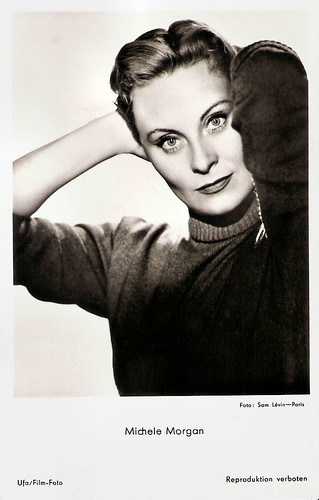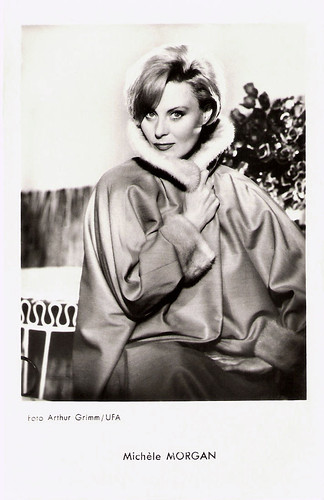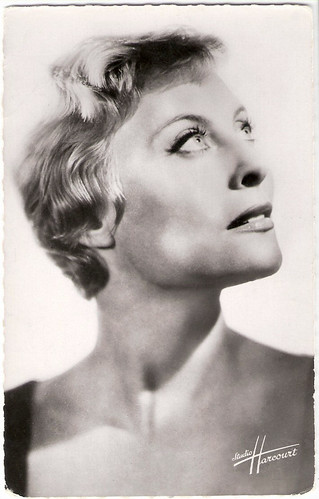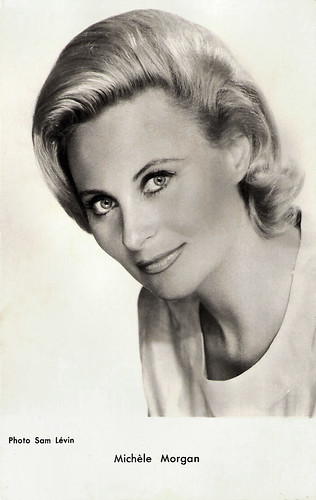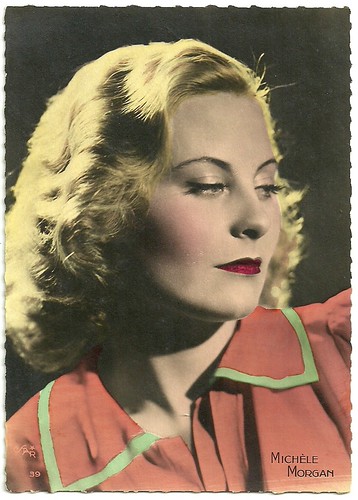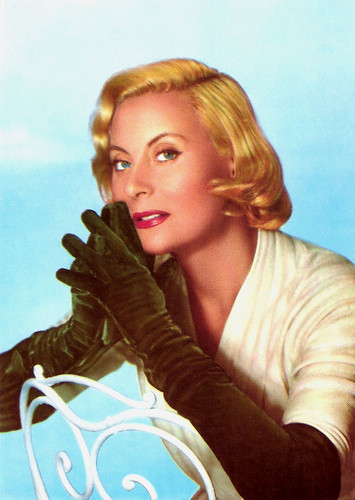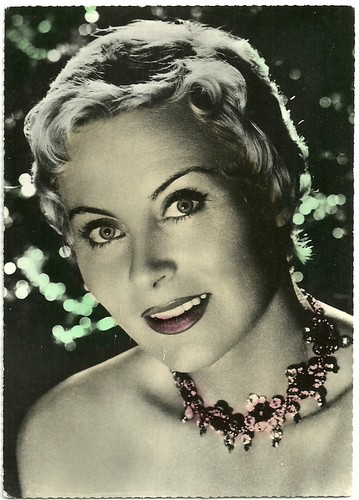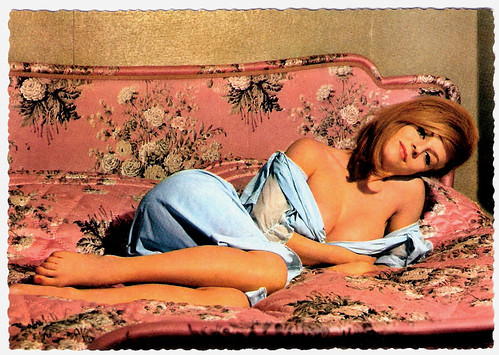Grace Jones (1948) is a Jamaican-born American singer, supermodel, and actress. Classic is her album Nightclubbing (1981) and unforgettable are her hits La Vie en Rose, Pull Up to the Bumper and I've Seen That Face Before. She was also memorable as a James Bond villain in A View to a Kill (1985). But foremost, the unusual, androgynous, bold, dark-skinned artist was a style icon for the late 1970s and early 1980s.
![Grace Jones in A View To A Kill (1985)]()
British postcard by Danjaq, LLC and United Artists Corporation. Photo: Grace Jones as May Day in A View to a Kill (John Glen, 1985).
Beverly Grace Jones was born in Spanish Town, Jamaica, in 1948. Her parents were Marjorie (née Williams) and Reverend Robert W. Jones, a local politician and Apostolic clergyman. Her grandfather (on her mother's side) was a musician who travelled with Nat 'King' Cole.
As her parents were working in the United States, Grace and her siblings were raised by her grandparents. Jones had a strict upbringing under the influence of Jamaica's Pentecostal church and went to church three times a week. At 13 she moved to her parents' home in Syracuse, New York. She studied theatre (some sources say Spanish) at Syracuse University. Halfway through college, a drama professor proposed her to work with him in a play he was putting on in Philadelphia, she accepted.
At 18, she moved back to New York, and signed on as a model with Wilhelmina Modelling agency. Her androgynous, dark-skinned looks were not successfully received in the USA, and in 1970, she moved to Paris, just like Josephine Baker had done 50 years before her.
In Paris, the fashion scene was receptive to Jones' unusual, bold appearance. Yves St. Laurent, Claude Montana, and Kenzo Takada hired her for runway modelling, and she appeared on the covers of Elle, Vogue, and Stern working with Helmut Newton, Guy Bourdin, and Hans Feurer.
Jones frequented Club Sept, one of Paris's most popular gay clubs of the 1970s and 1980s, and socialised with Giorgio Armani and Karl Lagerfeld. She also became one of the faces of New York City's hedonistic Studio 54 disco scene.
![Grace Jones]()
British postcard by Heroes, London, no. PC 544.
Grace Jones' statuesque and flamboyant look was such a hit in the New York City nightclub scene that she was signed by Island Records. They put her in the studio with disco record producer, Tom Moulton. In 1977 the album Portfolio,was released, which featured a seven-minute reinterpretation of Édith Piaf's La Vie en rose and finished with I Need a Man, Jones' first club hit. The artwork to the album was designed by Richard Bernstein, an artist for Interview.
In the following years, she made two more disco albums, Fame (1978) and Muse (1979). These two albums failed to break the singer commercially, but Jones amassed a substantial following among gay men with her sexually charged live show, leading to her title at the time of 'Queen of the Gay Discos.'
In 1980 Jones transitioned into New Wave music with the album Warm Leatherette, on which she collaborated with the Compass Point All Stars. The album included covers of songs by The Normal (Warm Leatherette), The Pretenders (Private Life), and Roxy Music (Love is the Drug).
The 1981 release of Nightclubbing included Jones' covers of songs by Iggy Pop/David Bowie(Nightclubbing) and Ástor Piazzolla (I've Seen That Face Before). Jones herself co-wrote Pull Up to the Bumper and Stingwrote Demolition Man. The strong rhythm of the album was produced by Compass Point All Stars, including Sly and Robbie.
The album entered in the Top 5 in four countries, and became Jones' highest-ranking record in the US. She scored Top 40 hits with Pull Up to the Bumper, and I've Seen That Face Before.
Another popular album was Slave to the Rhythm (1985), the last of her recordings for Island. In 1983, Jones' One Man Show was nominated for a Grammy Award for Best Long-Form Music Video. 1986's album Inside Story, with production chores by Chic's Nile Rodgers, spawned one of Jones' last successful singles, I'm Not Perfect (But I'm Perfect for You).
Music video for La Vie en rose (1977). Source: Lucifers Treasure (YouTube).
Music video for I've Seen That Face Before (Libertango) (1981). Source: Grace Jones VEVO (YouTube).
During the 1970s and early 1980s, Grace Jones appeared in some low-budget films. In the U.S., she appeared in the action film Gordon's War (Ossie Davis, 1973) starring Paul Winfield, and in Italy, she played a club singer in the Poliziottesco (Italian crime film genre) Quelli della Calibro 38/Colt 38 Special Squad (Massimo Dallamano, 1976) starring Marcel Bozzuffi and Carole André.
Her first mainstream film role was Zula the Amazonian in the fantasy-action film Conan the Destroyer (Richard Fleischer, 1984) alongside Arnold Schwarzenegger.
It was followed by her turn as May Day, henchman to villain Max Zorin (Christopher Walken) in the 14th James Bond film A View to a Kill (John Glen, 1985), featuring Roger Moore. With her boyfriend Dolph Lundgren, Jones posed nude for Playboy.
In 1986 she played as Katrina, an Egyptian queen vampire in the vampire film Vamp (Richard Wenk, 1986). The following year, Jones appeared in two films, Straight to Hell (Alex Cox, 1989), and Siesta (Mary Lambert, 1989) for which Jones was nominated for Golden Raspberry Award for Worst Supporting Actress.
She also acted in and contributed a song to the Eddie Murphy film Boomerang (Reginald Hudlin, 1993) and played in the Science Fiction film Cyber Bandits (Erik Fleming, 1995), starring Martin Kemp of the band Spandau Ballet. A decade later, she appeared as Christoph/Christine, an intersexed circus performer in the horror thriller Wolf Girl (Thom Fitzgerald, 2001) with Tim Curry.
As a style icon, Jones influenced the cross-dressing movement of the 1980s. She has been an inspiration for artists including Annie Lennox, Lady Gaga, Rihanna, Björk, Madonna, and Róisín Murphy.
Through her relationship with long-time collaborator Jean-Paul Goude, Jones has one son, Paulo. From Paulo, Jones has one granddaughter. Jones married Atila Altaunbay in 1996.
Bond 50 Trailer for A View to a Kill (John Glen, 1985). Source: Matthew Harkin (YouTube).
Trailer Vamp (Richard Wenk, 1986). Source: s flicks (YouTube).
Sources: Greg Prato (AllMusic), Tony R. Vario (IMDb), Wikipedia, and IMDb.

British postcard by Danjaq, LLC and United Artists Corporation. Photo: Grace Jones as May Day in A View to a Kill (John Glen, 1985).
Club Sept and Studio 54
Beverly Grace Jones was born in Spanish Town, Jamaica, in 1948. Her parents were Marjorie (née Williams) and Reverend Robert W. Jones, a local politician and Apostolic clergyman. Her grandfather (on her mother's side) was a musician who travelled with Nat 'King' Cole.
As her parents were working in the United States, Grace and her siblings were raised by her grandparents. Jones had a strict upbringing under the influence of Jamaica's Pentecostal church and went to church three times a week. At 13 she moved to her parents' home in Syracuse, New York. She studied theatre (some sources say Spanish) at Syracuse University. Halfway through college, a drama professor proposed her to work with him in a play he was putting on in Philadelphia, she accepted.
At 18, she moved back to New York, and signed on as a model with Wilhelmina Modelling agency. Her androgynous, dark-skinned looks were not successfully received in the USA, and in 1970, she moved to Paris, just like Josephine Baker had done 50 years before her.
In Paris, the fashion scene was receptive to Jones' unusual, bold appearance. Yves St. Laurent, Claude Montana, and Kenzo Takada hired her for runway modelling, and she appeared on the covers of Elle, Vogue, and Stern working with Helmut Newton, Guy Bourdin, and Hans Feurer.
Jones frequented Club Sept, one of Paris's most popular gay clubs of the 1970s and 1980s, and socialised with Giorgio Armani and Karl Lagerfeld. She also became one of the faces of New York City's hedonistic Studio 54 disco scene.

British postcard by Heroes, London, no. PC 544.
Queen of the Gay Discos
Grace Jones' statuesque and flamboyant look was such a hit in the New York City nightclub scene that she was signed by Island Records. They put her in the studio with disco record producer, Tom Moulton. In 1977 the album Portfolio,was released, which featured a seven-minute reinterpretation of Édith Piaf's La Vie en rose and finished with I Need a Man, Jones' first club hit. The artwork to the album was designed by Richard Bernstein, an artist for Interview.
In the following years, she made two more disco albums, Fame (1978) and Muse (1979). These two albums failed to break the singer commercially, but Jones amassed a substantial following among gay men with her sexually charged live show, leading to her title at the time of 'Queen of the Gay Discos.'
In 1980 Jones transitioned into New Wave music with the album Warm Leatherette, on which she collaborated with the Compass Point All Stars. The album included covers of songs by The Normal (Warm Leatherette), The Pretenders (Private Life), and Roxy Music (Love is the Drug).
The 1981 release of Nightclubbing included Jones' covers of songs by Iggy Pop/David Bowie(Nightclubbing) and Ástor Piazzolla (I've Seen That Face Before). Jones herself co-wrote Pull Up to the Bumper and Stingwrote Demolition Man. The strong rhythm of the album was produced by Compass Point All Stars, including Sly and Robbie.
The album entered in the Top 5 in four countries, and became Jones' highest-ranking record in the US. She scored Top 40 hits with Pull Up to the Bumper, and I've Seen That Face Before.
Another popular album was Slave to the Rhythm (1985), the last of her recordings for Island. In 1983, Jones' One Man Show was nominated for a Grammy Award for Best Long-Form Music Video. 1986's album Inside Story, with production chores by Chic's Nile Rodgers, spawned one of Jones' last successful singles, I'm Not Perfect (But I'm Perfect for You).
Music video for La Vie en rose (1977). Source: Lucifers Treasure (YouTube).
Music video for I've Seen That Face Before (Libertango) (1981). Source: Grace Jones VEVO (YouTube).
May Day
During the 1970s and early 1980s, Grace Jones appeared in some low-budget films. In the U.S., she appeared in the action film Gordon's War (Ossie Davis, 1973) starring Paul Winfield, and in Italy, she played a club singer in the Poliziottesco (Italian crime film genre) Quelli della Calibro 38/Colt 38 Special Squad (Massimo Dallamano, 1976) starring Marcel Bozzuffi and Carole André.
Her first mainstream film role was Zula the Amazonian in the fantasy-action film Conan the Destroyer (Richard Fleischer, 1984) alongside Arnold Schwarzenegger.
It was followed by her turn as May Day, henchman to villain Max Zorin (Christopher Walken) in the 14th James Bond film A View to a Kill (John Glen, 1985), featuring Roger Moore. With her boyfriend Dolph Lundgren, Jones posed nude for Playboy.
In 1986 she played as Katrina, an Egyptian queen vampire in the vampire film Vamp (Richard Wenk, 1986). The following year, Jones appeared in two films, Straight to Hell (Alex Cox, 1989), and Siesta (Mary Lambert, 1989) for which Jones was nominated for Golden Raspberry Award for Worst Supporting Actress.
She also acted in and contributed a song to the Eddie Murphy film Boomerang (Reginald Hudlin, 1993) and played in the Science Fiction film Cyber Bandits (Erik Fleming, 1995), starring Martin Kemp of the band Spandau Ballet. A decade later, she appeared as Christoph/Christine, an intersexed circus performer in the horror thriller Wolf Girl (Thom Fitzgerald, 2001) with Tim Curry.
As a style icon, Jones influenced the cross-dressing movement of the 1980s. She has been an inspiration for artists including Annie Lennox, Lady Gaga, Rihanna, Björk, Madonna, and Róisín Murphy.
Through her relationship with long-time collaborator Jean-Paul Goude, Jones has one son, Paulo. From Paulo, Jones has one granddaughter. Jones married Atila Altaunbay in 1996.
Bond 50 Trailer for A View to a Kill (John Glen, 1985). Source: Matthew Harkin (YouTube).
Trailer Vamp (Richard Wenk, 1986). Source: s flicks (YouTube).
Sources: Greg Prato (AllMusic), Tony R. Vario (IMDb), Wikipedia, and IMDb.
